Co-authors of this post: Dawn Cadogan and Kate Fuller
OER is the acronym for Open Educational Resources, a phrase which represents the movement for teaching materials that are freely available for use and re-use. The movement has been gaining steam in the last few years, primarily due to student advocation for more affordable textbooks.
As members of the Libraries’ Open Textbook Initiative, we are learning that other universities are also invested in this issue. This was confirmed while attending this year’s ACRL Conference. These are some of the OER-related presentations we attended during the conference.
Papers
Brian Young from the University of Mississippi contributed a paper entitled, “Assessing Faculty Perceptions and Use of Open Education Resources (OERs)”. Ole Miss provided grants to faculty willing to adopt open educational materials for their courses. These faculty were surveyed before and after their OER courses. Young found that locating high-quality and up-to-date open educational materials was time-consuming for faculty. By contrast, traditional textbook vendors offered services which simplified the evaluation and selection process for faculty customers. During the post-course survey, a promising finding was that faculty found that students are more likely to bring their OER materials with them to class than when the faculty assign traditional textbooks. This is likely because the students could access OER texts easily through laptops or mobile devices. There were two takeaways which Young highlighted. First, libraries need to develop better marketing of library-licensed resources. Faculty need to know how they can use these resources for their courses. Young noted UNC’s e-textbook portal. In addition, Young found that faculty are confused by the nomenclature; libraries need to review how they talk about OER. Young believes phrases such as “free textbook alternatives” or “free internet materials for teaching” get the message across more succinctly that “open educational resources”.
Heather Joseph, Executive Director of SPARC (Scholarly Publishing and Academic Resources Coalition) spoke on her invited paper titled, “Open Expansion: Connecting the Open Access, Open Data and OER Dots.” In this presentation, she encouraged libraries to use open materials to think bigger – to consider how “open” can help solve problems, as well as be used to help create new opportunities. The biggest problem open content can address is cost; open content removes intermediaries, reducing or eliminating costs. But in addition to addressing cost, “open” also means full reuse, which has large implications for teaching, research, learning, and making. Understanding the significance of open as the default mode is crucial for enabling new works and creating new value.
Poster Sessions
Librarians from Georgia Perimeter College shared their role in GPC’s affordable textbook initiative. In their poster, Mary Ann Cullen and Ann Mallard, described how the library was able to help faculty to identify existing OERs for use in English composition classes. They even were able to participate in the selection of textbooks to adopt. The College was recently awarded a $30,000 grant by Affordable Learning Georgia to create an open textbook. See Cullen and Mallard’s poster at http://guides.gpc.edu/oerposter.
Carmen Mitchell, Institutional Repository Librarian at California State University San Marcos, presented a poster on CSU’s project – Cougars Affordable Learning Materials (CALM). Started in 2013 with funding from the Chancellor’s Office, CALM began by establishing marketing materials and preliminary partnerships with campus entities like the bookstore, student groups, and Institutional Planning & Analysis (who added questions to student evaluations) – and introducing the concept of CALMing the cost of textbooks to faculty. For the past 3 semesters using a competitive application process, CALM has granted 35 faculty awards ranging from $500-$3000 for implementing cost reduction techniques, and has saved CSU students over $700,000. More information on CALM can be found at http://csusm.edu/ids/calm/index.html .
Brigham Young University- Hawaii, a small undergraduate college, took a different approach to address textbook costs. In their poster, Librarians Becky DeMartini and Marynelle Chew described their library’s decision to make every course textbook available on reserve after finding that 56% of surveyed students either only sometimes or never purchased the required textbooks for their classes. Deeming this program a success, they have found that the reserve textbooks circulate about 5x as much as other books in the collection.


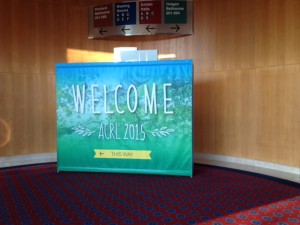
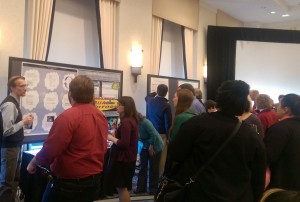

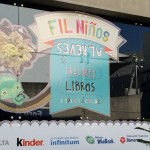
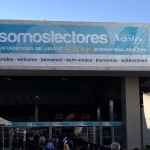

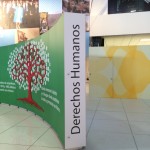
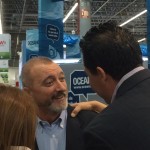
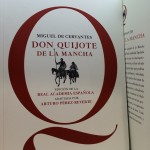

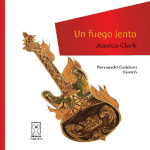
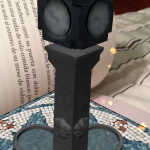
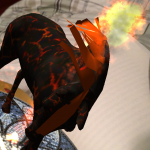

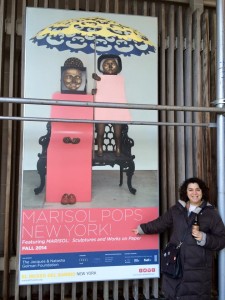
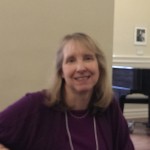
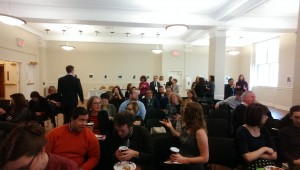
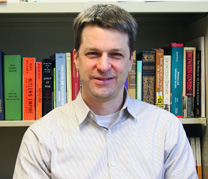 Beilin, who shared a variety of critiques from approximately 493 responses from a survey, twitter, and the blogosphere, indicated that most librarians showed enthusiasm about the threshold concepts and felt that it was a step in the right direction. In terms of assessment, he stressed that the language was deliberately vague so that it could be tailored to particular disciplines within institutions. His criticisms of the Framework centered on critical information literacy issues of unearthing the hidden assumptions and accepted practices inherent in teaching about information. Issues like the unquestioned acceptance of “peer review” as the gold standard, awareness of unequal power and unheard voices in scholarship — these are integral to information and could be addressed in the Framework. Students need to question sources, their quality, their authority, and become more aware of how information affects their lives and how information can be a powerful force in changing their lives and affecting the world they live in.
Beilin, who shared a variety of critiques from approximately 493 responses from a survey, twitter, and the blogosphere, indicated that most librarians showed enthusiasm about the threshold concepts and felt that it was a step in the right direction. In terms of assessment, he stressed that the language was deliberately vague so that it could be tailored to particular disciplines within institutions. His criticisms of the Framework centered on critical information literacy issues of unearthing the hidden assumptions and accepted practices inherent in teaching about information. Issues like the unquestioned acceptance of “peer review” as the gold standard, awareness of unequal power and unheard voices in scholarship — these are integral to information and could be addressed in the Framework. Students need to question sources, their quality, their authority, and become more aware of how information affects their lives and how information can be a powerful force in changing their lives and affecting the world they live in.